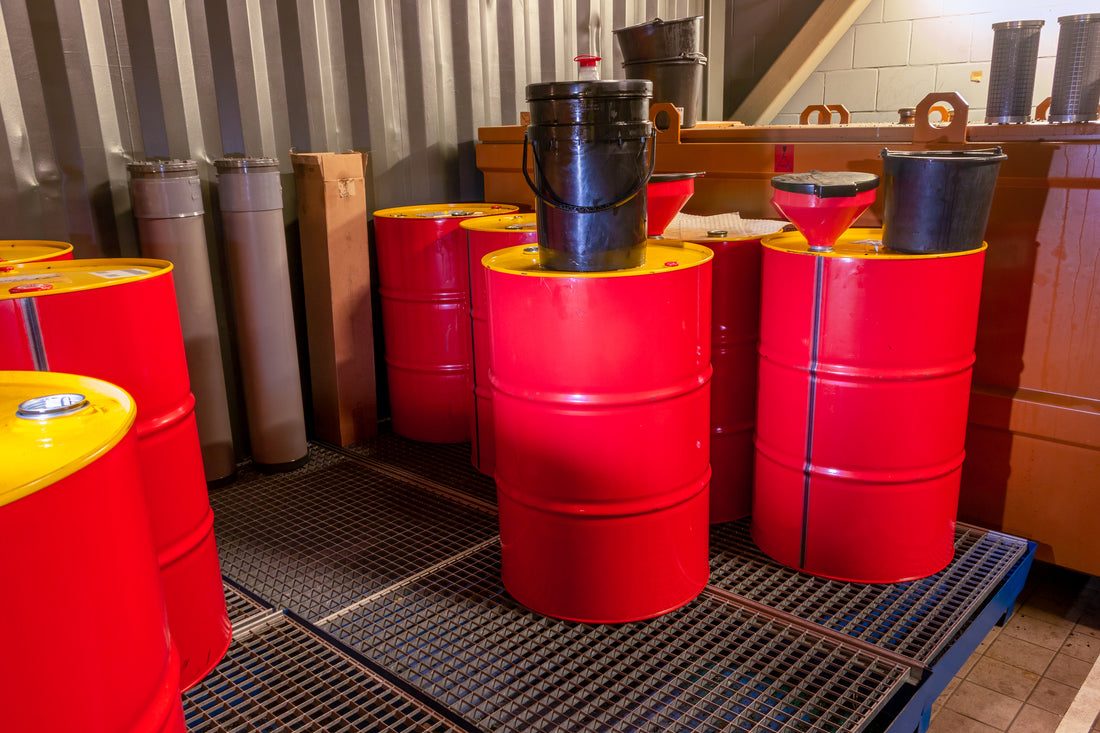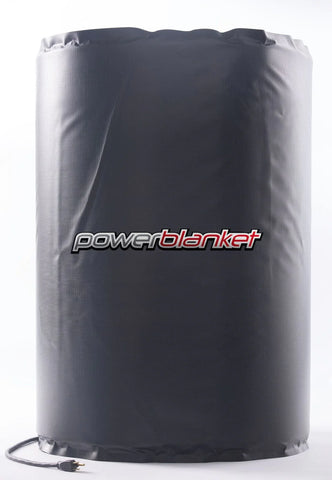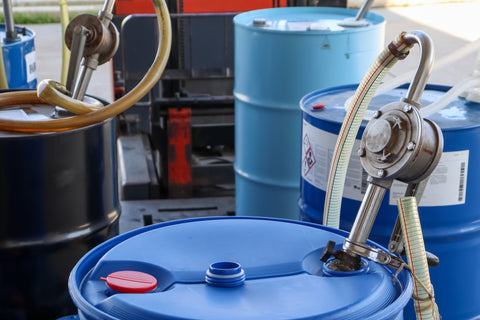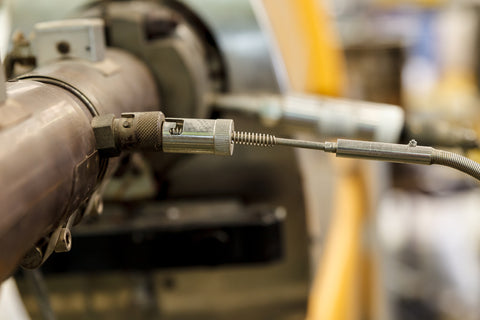Understanding 110-Gallon Drum Dimensions: Types, Variations, and Applications
When handling and transporting large volumes of materials, the 110-gallon drum has become a popular choice in various industries, including process heating, warehousing, and manufacturing. These drums are known for their durability and versatility, but to ensure they suit your needs, it's crucial to understand their dimensions.
The dimensions of a 110-gallon drum play a critical role in determining its capacity, compatibility with other equipment, and suitability for specific applications. In this article, we will provide a detailed overview of the standard dimensions of a 110-gallon drum, the variations, and the types of drums available. This information will be invaluable for engineers and professionals who work with 110-gallon drums on a regular basis, as well as those who are considering using them for the first time.
So let's dive in and explore the world of 110-gallon drums and how their dimensions can impact their performance and functionality.
Standard 110-Gallon Drum Dimensions
When it comes to 110-gallon drums, there are standard dimensions that most manufacturers follow. These dimensions ensure the drums are compatible with other equipment and can be stacked and transported efficiently. The standard dimensions for a 110-gallon drum are as follows:
Exterior dimensions- Height: The standard height of a 110-gallon drum is 43.75 inches (111.1 cm).
- Diameter: The standard diameter of a 110-gallon drum is 30.4 inches (77.22 cm).
- Height: The interior height of a 110-gallon drum is approximately 40.5 inches (102.9 cm).
- Diameter: The interior diameter of a 110-gallon drum is approximately 30 inches (76.2 cm).
- The weight capacity of a standard 110-gallon drum is around 450-500 pounds (204-227 kg).
It's important to note that while these are the standard dimensions, there may be slight variations in the actual measurements depending on the manufacturer. Additionally, there may be variations in the dimensions of 110-gallon drums that are designed for specific purposes or applications.
To summarize the standard dimensions of a 110-gallon drum, please refer to the table below:

Understanding the standard dimensions of a 110-gallon drum is the first step in determining whether it suits your needs. In the next section, we will discuss the different types of 110-gallon drums that are available.
Types of 110-Gallon Drums
There are various types of 110-gallon drums available in the market, each designed to meet specific requirements. Here are some of the most common types:
- Steel drums: Steel drums are the most commonly used 110-gallon drums in industrial settings. They are sturdy, durable, and can handle various materials, including chemicals, oils, and hazardous waste.
- Plastic drums: Plastic drums are lighter than steel drums, making them easier to handle and transport. They often store and transport non-hazardous materials, such as food products, pharmaceuticals, and other consumer goods.
- Fiber drums: Fiber drums are made from compressed fiberboard and are commonly used for shipping and storing dry goods, such as powders and grains. They are lightweight and easy to handle, making them a popular choice for small-scale businesses and home use.
- Salvage drums: Salvage drums are designed to contain damaged or leaking drums that may pose a risk to human health or the environment. They are made from heavy-duty steel and are used in emergency spill response situations.
- Overpack drums: Overpack drums contain and transport smaller drums or containers that may be leaking or damaged. They provide an extra layer of protection and are often used in hazardous waste cleanup and transportation.

It's important to choose the right type of 110-gallon drum for your specific needs. Consider factors such as the type of material being stored or transported, the conditions it will be exposed to, and any regulations or standards that need to be met. In the next section, we will discuss the variations in 110-gallon drum dimensions, which can also impact their suitability for different applications.
Variations in 110-Gallon Drum Dimensions
While the standard dimensions for a 110-gallon drum provide a useful starting point, it's important to note that there may be variations in the dimensions of 110-gallon drums designed for specific applications. Here are some of the variations you may encounter:
- Open-Head vs. Closed-Head Drums: Open-head drums have a removable cover allowing easy access to the contents inside. Closed-head drums, on the other hand, have a fixed top that can only be accessed through a small opening. The dimensions of these drums will differ based on their specific design.
- UN-Rated Drums: UN-rated drums are designed to meet specific United Nations (UN) requirements for the transport of hazardous materials. These drums may have thicker walls or other features that impact their dimensions.
- Specialty Drums: Depending on the application, you may require a 110-gallon drum with a specific shape, size, or feature. For example, you may need a drum with a conical bottom for easier dispensing or a drum with a liner for added protection.
- Custom Drums: Sometimes, you may need a custom-built drum to your specifications. This could include modifying the standard dimensions or creating an entirely new design.
When selecting a 110-gallon drum, it's important to consider any variations in dimensions that may be required for your specific application. Consult with the manufacturer or a qualified expert to ensure that you select the right drum for your needs.
In conclusion, understanding the dimensions and variations of 110-gallon drums is essential for engineers, process heating professionals, and others involved in warehousing and manufacturing. By considering factors such as material, design, and regulations, you can select the right drum for your specific needs and ensure the safe and efficient handling of your materials.







